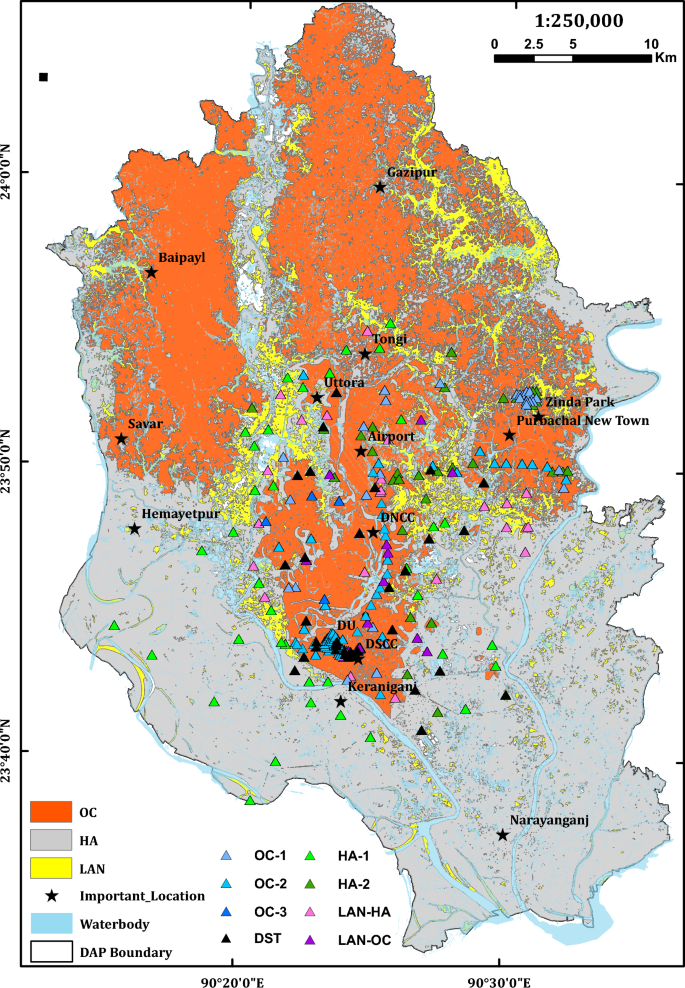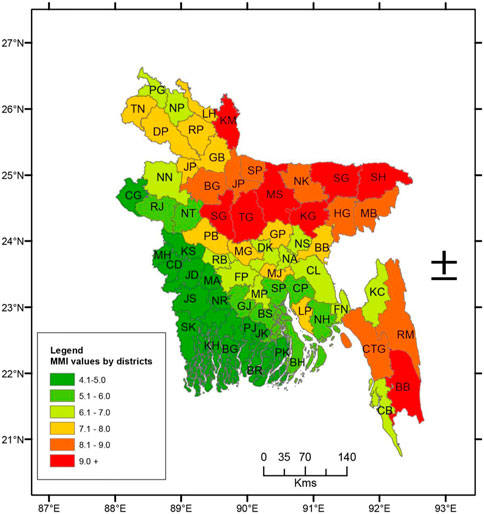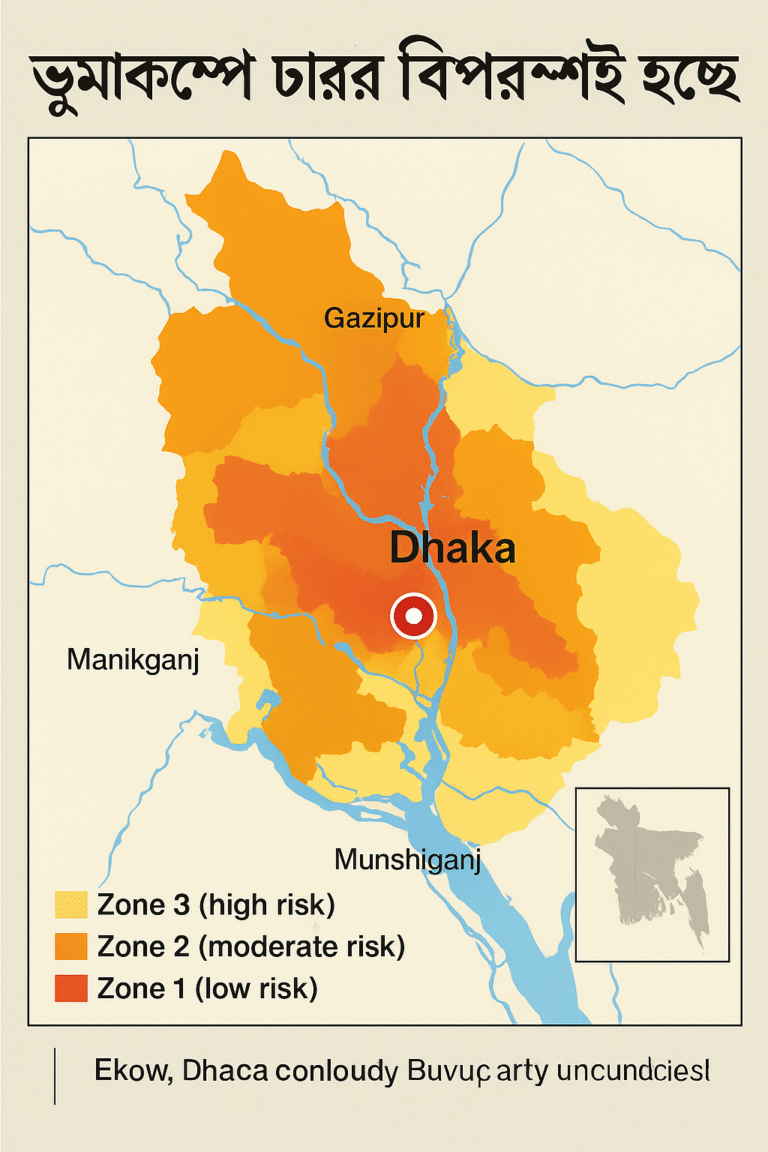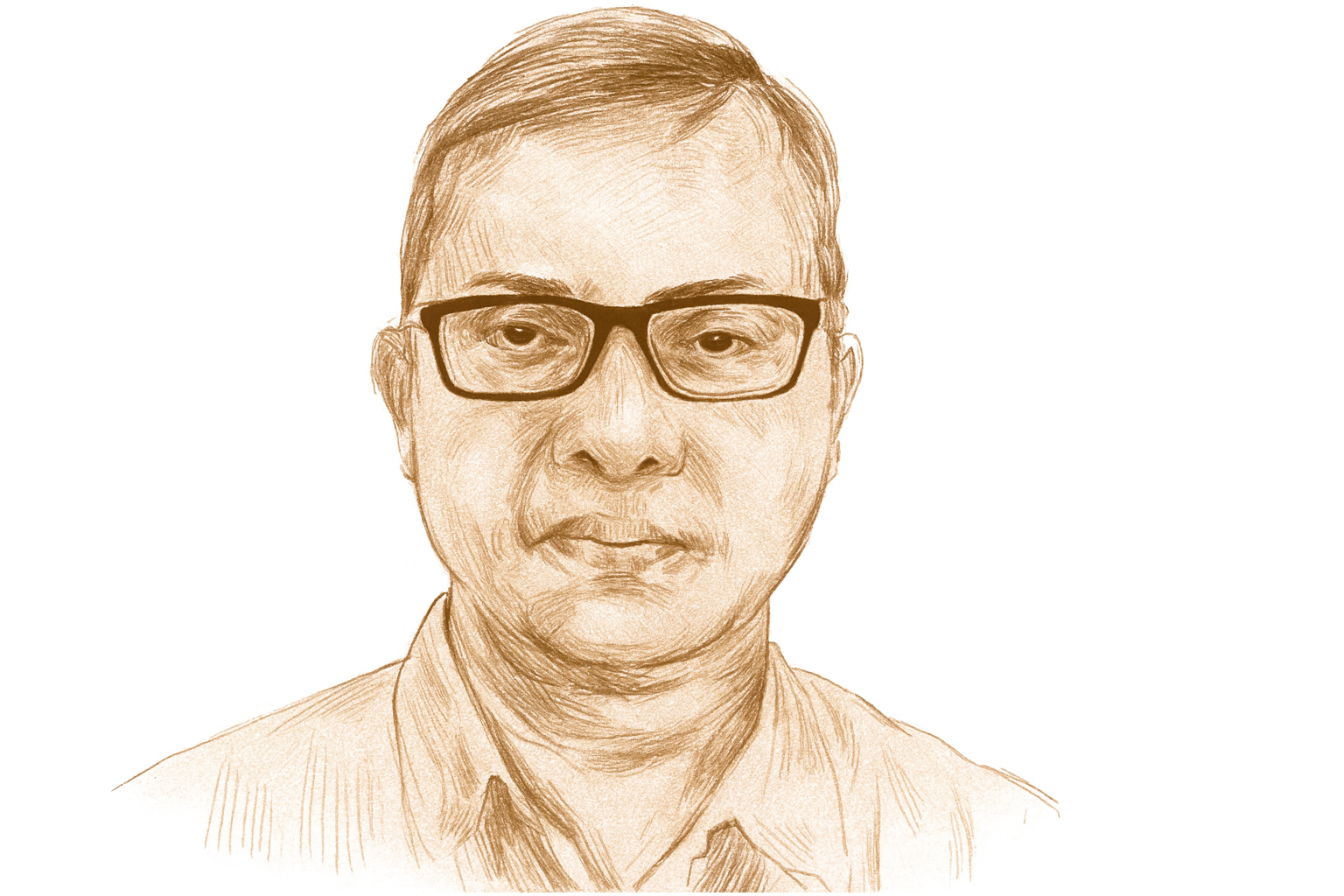
Dhaka, the capital of Bangladesh, is emerging as one of the most earthquake-vulnerable megacities in South Asia. Experts warn that the city’s geological features, loose soil conditions, unplanned urbanization, and weak construction practices have combined to create a potentially catastrophic situation.
According to multiple assessments, several parts of Dhaka—especially the southern and eastern zones—fall under liquefaction-prone areas, meaning the soil may turn liquid during a strong earthquake, causing buildings to tilt or collapse.
Research and urban safety studies also indicate that many buildings in Dhaka were not constructed following proper seismic safety standards. Weak foundations, unauthorized construction, and aging structures significantly increase the potential scale of destruction if a major earthquake strikes.
Specialists emphasize that the recent rise in tremors across the country is a warning sign that Bangladesh’s tectonic plates are becoming more active. For a hyper-dense city like Dhaka—with narrow roads, limited open spaces, and fragile utilities—the aftermath of a strong quake could be devastating.
🔍 Researcher Recommendations & Preparedness Plan
1. Develop hazard-based micro-zoning maps
Researchers recommend creating detailed seismic risk maps—especially identifying liquefaction zones, vulnerable buildings, and high-density pockets for emergency planning.
2. Retrofit and reinforce old & weak buildings
Old and unsafe buildings must undergo structural retrofitting. Strengthening foundations, improving beam-column joints, and using quake-resistant design are essential.

3. Strict enforcement of the Bangladesh National Building Code (BNBC)
Authorities must ensure strict monitoring of new construction and curb unauthorized or substandard development.
4. Emergency communication & evacuation planning
Dhaka needs designated evacuation routes, community assembly points, and protected utility lines to prevent post-quake fire and structural collapse.
5. Public awareness & earthquake drills
Mass training, school drills, office drills, and community preparedness programs are crucial to reduce casualties.
6. Continuous observation of fault lines & plate movement
Specialists suggest establishing more seismic monitoring stations to track real-time plate movements and fault line stress buildup.




